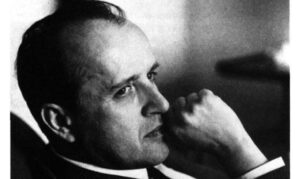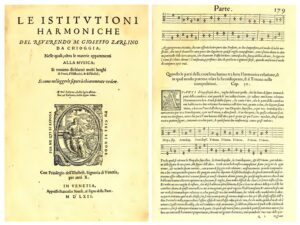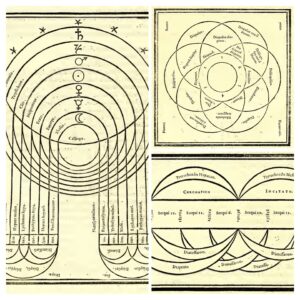The music of Nino Rota (b. 1911 d. 1979) may not be a familiar name to concert audiences but such iconic films as The Godfather and La Dolce Vita will surely be well known to many. Rota wrote the soundtrack for these Federico Fellini directed films, as well as many other films such as Zeffirelli’s Romeo and Juliet. He is a hugely significant figure in the history of film making. In particular, he helped Italian film develop its unique character. Fellini called him his ‘most precious collaborator. He had a geometric imagination, a musical approach worthy of celestial spheres. He thus had no need to see images from my movies. I clearly realised he was not concerned with images at all. His world was inner, inside himself, and reality had no way to enter it.’
Rota was a prolific composer in other musical forms too – ballet, opera, concertos and chamber music. His Quartetto per archi (Quartet for strings) was written just after the Second World War, in the same period that he was writing his first film scores. There is definitely something rather atmospheric and filmic about this section in the last movement:
Perhaps it is possible to hear a reference to ceremonial courtly early music in the louder, livelier section here. As a student Rota had written a thesis on the Venetian Renaissance composer and music theorist, Gioseffo Zarlino.
There is something of the celestial spheres suggested in the illustrations of Zarlino’s groundbreaking treatise, Le Institutioni Harmoniche, which must have appealed to Rota. (Zarlino was an exact Venetian contemporary of the painter Tintoretto, whose St Ursula painting is mentioned in the previous blog post here. Surely they must have known each other.)
Whilst Rota was at the forefront of the new wave of post war culture, his fascination with the golden age of Italian music inevitably found its way into his compositional style, as can be heard in this transition in the slow movement:
“When I’m creating at the piano, I tend to feel happy” said Rota – “but the eternal dilemma – how can we be happy amid the unhappiness of others? I’d do everything I could to give everyone a moment of happiness. That’s what’s at the heart of my music.” Tantamount to an artistic manifesto, this says much about him as a person and there is no doubt that he was successful in achieving what he set out to do.



Thank you for spreading so much happiness with your playing !
Thank you for your enthusiasm and support, Vera. It makes it all worthwhile to have such encouragement. Andrew
Thank you Andrew. I hope to get Barbara to the concert this afternoon. We may only manage the first half but it will be no reflection on your playing. Your concerts have meant a lot to us over the last years. Thank you – all 4 of you.
It is good to know that our efforts are so appreciated. Thank you. Andrew